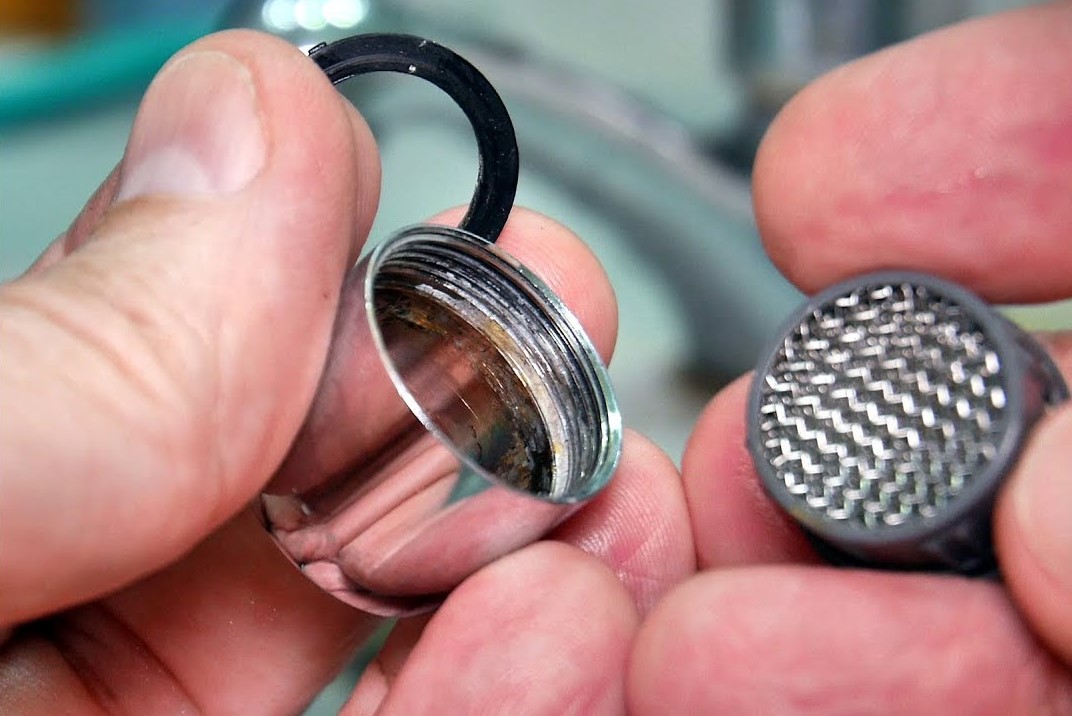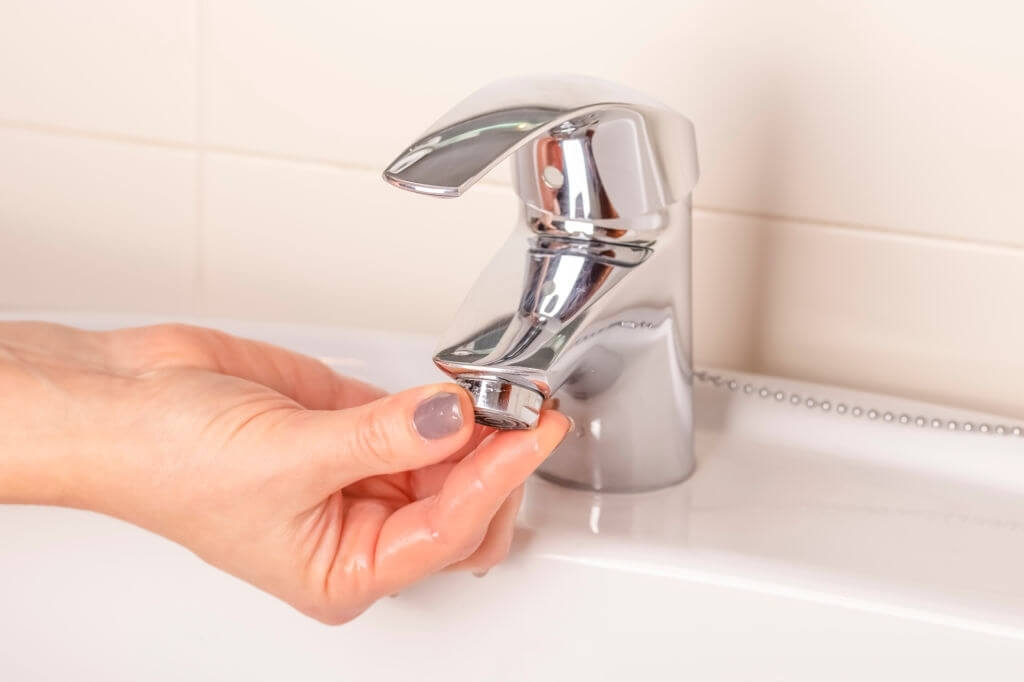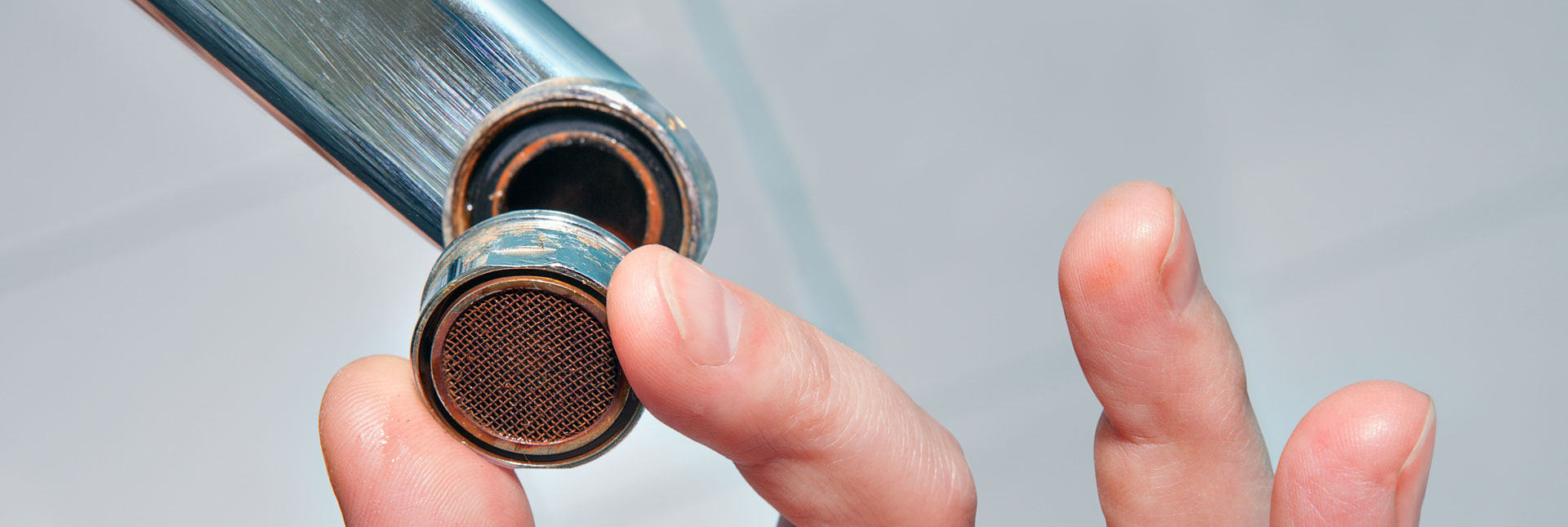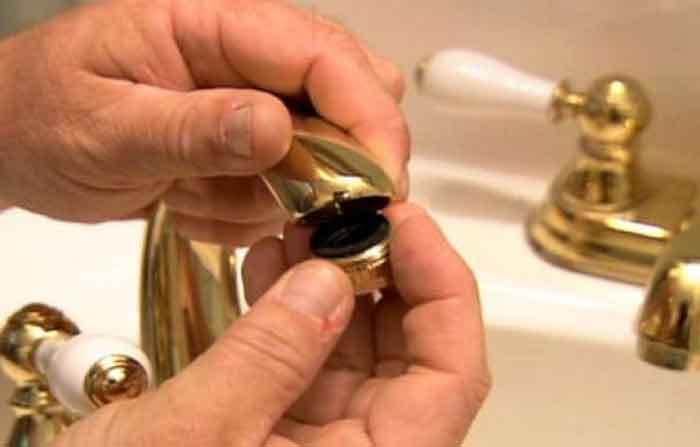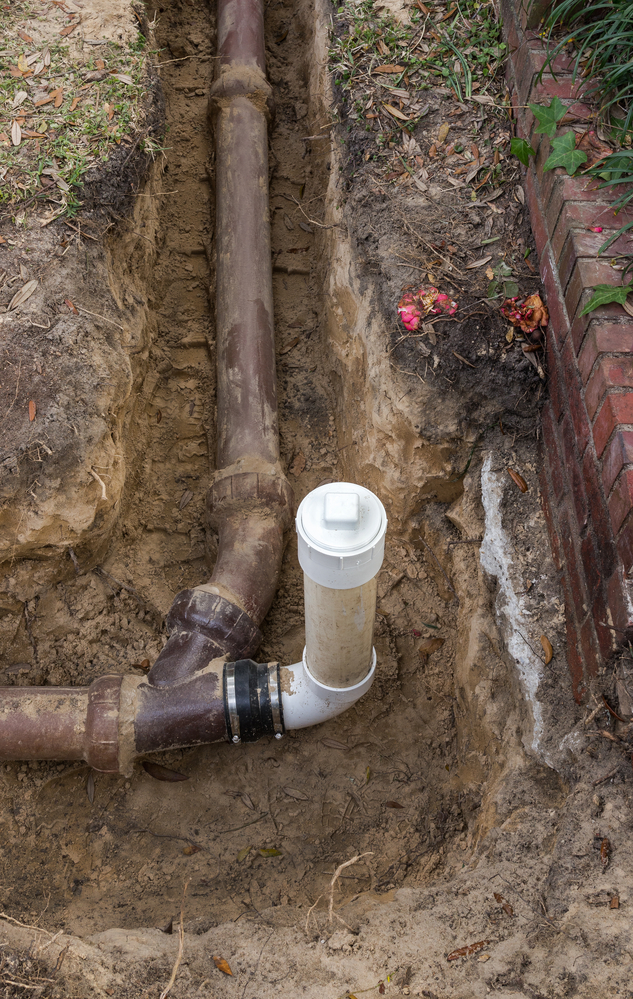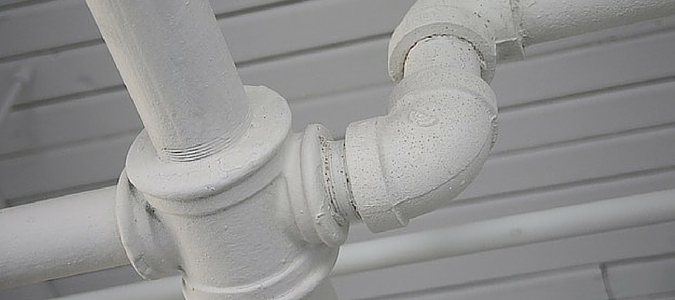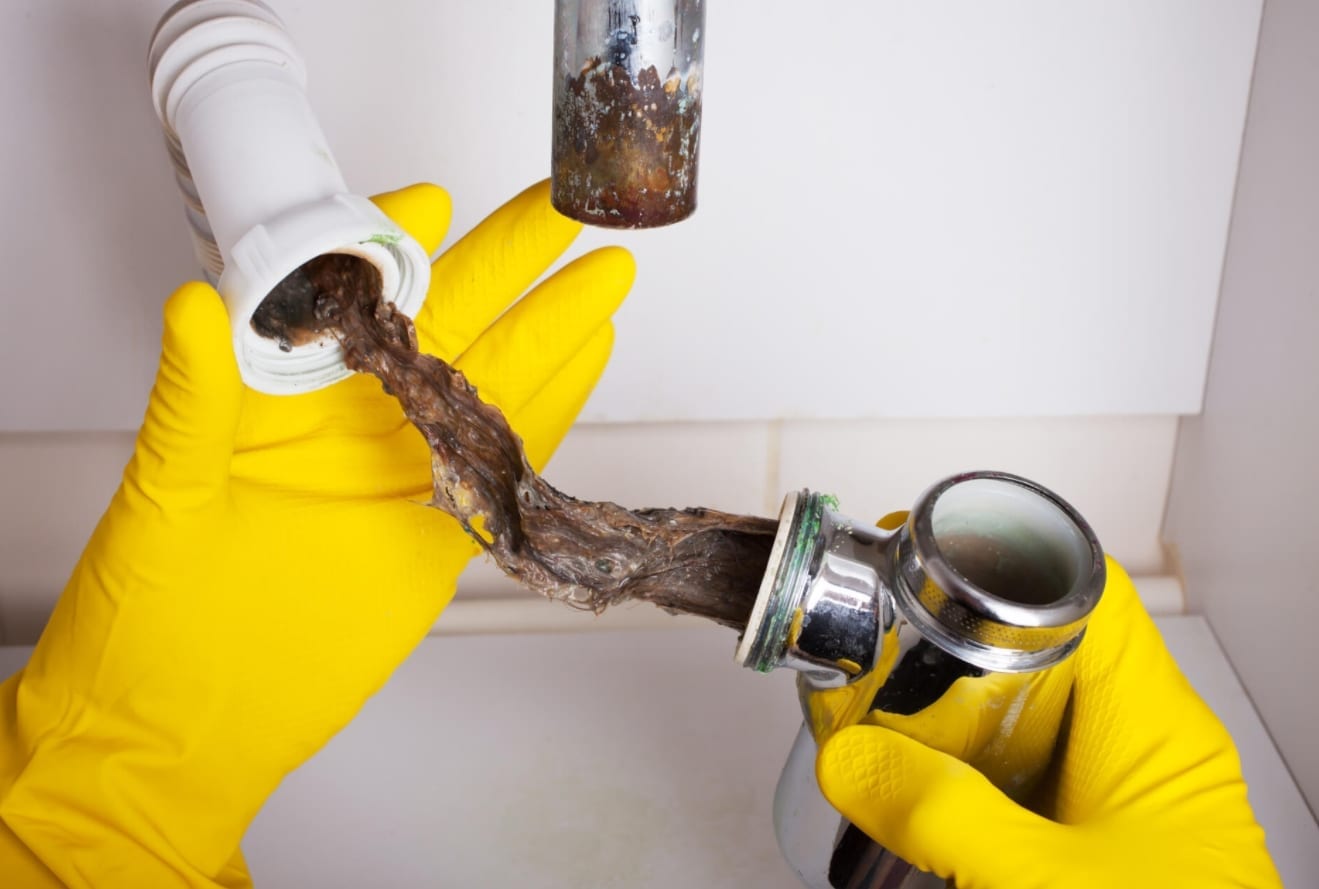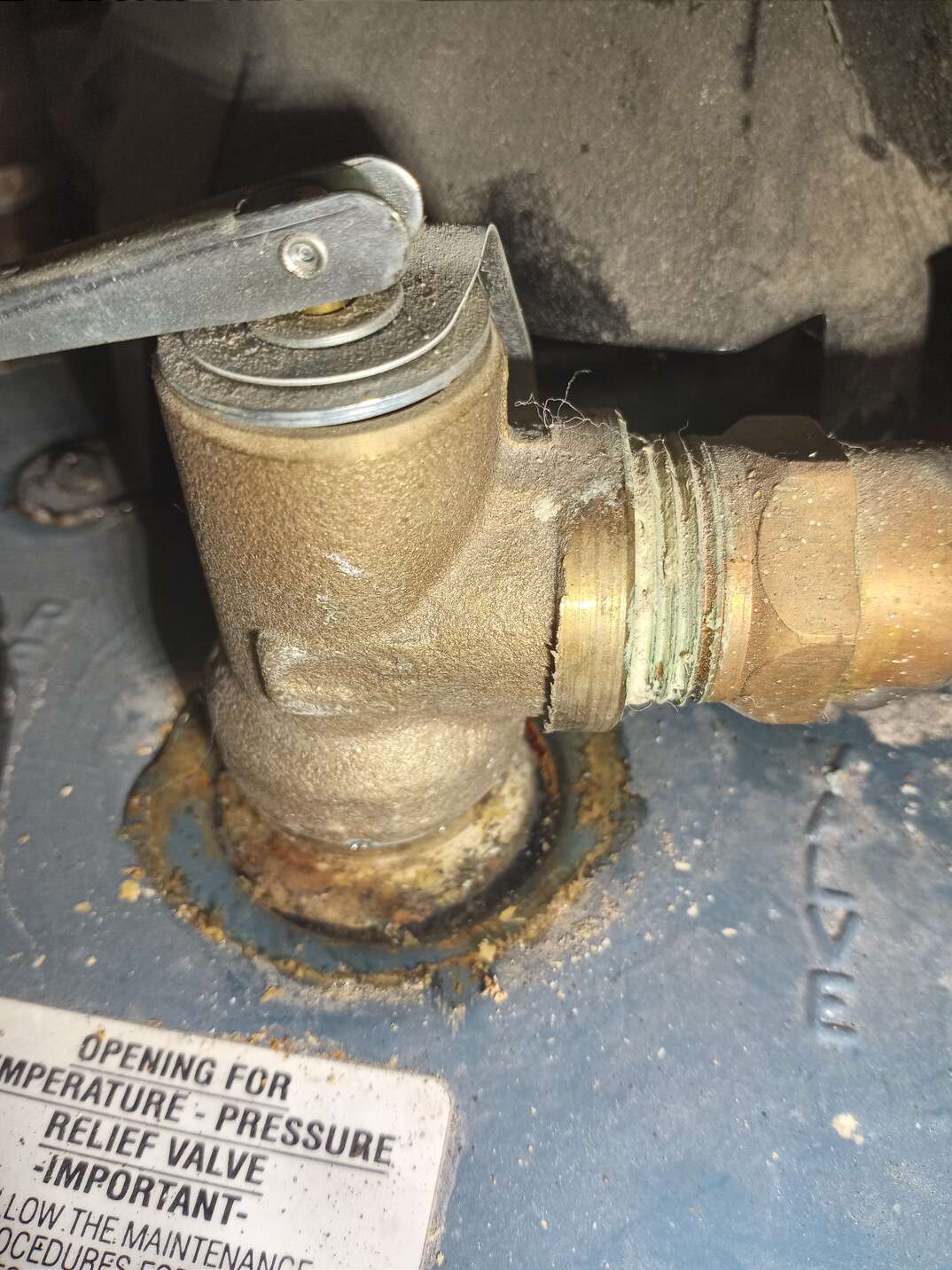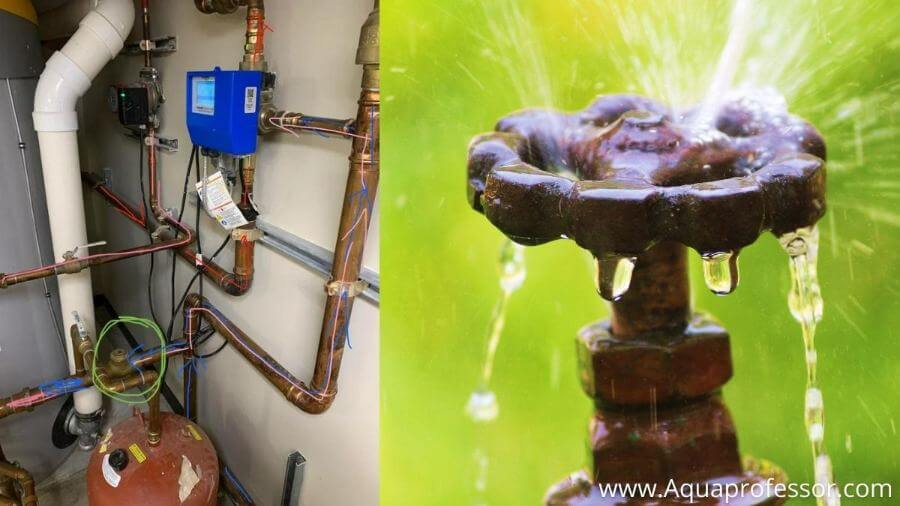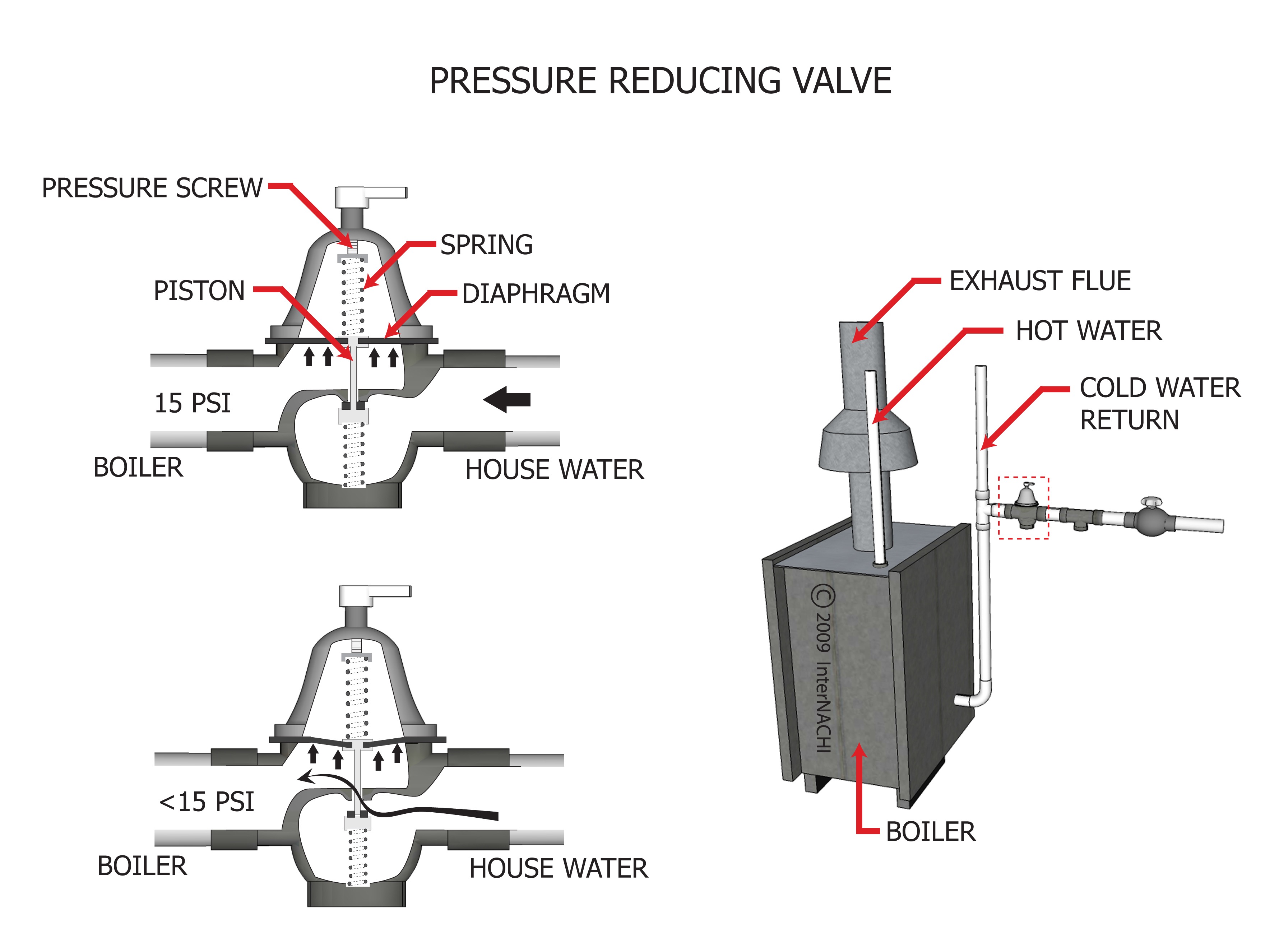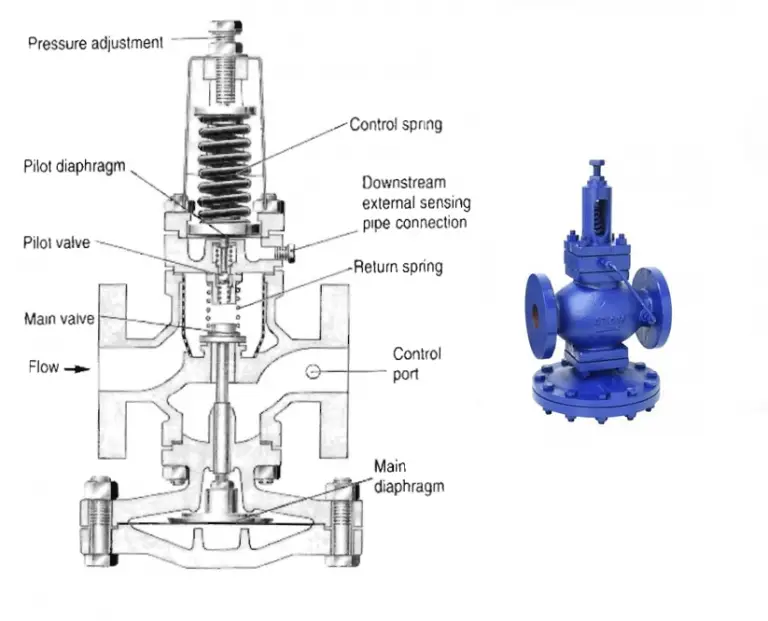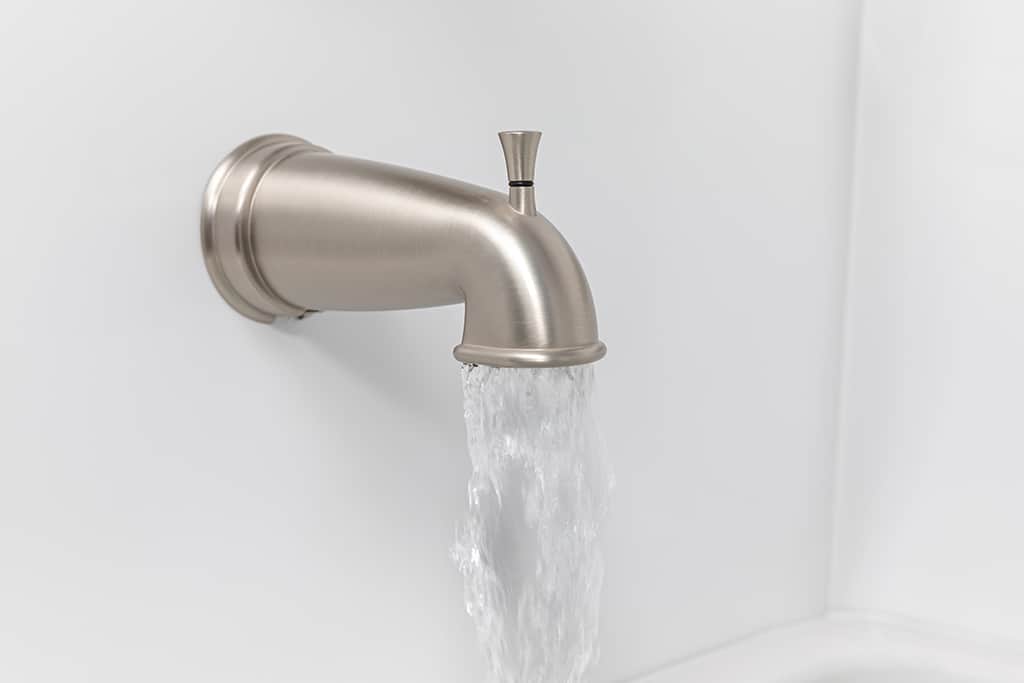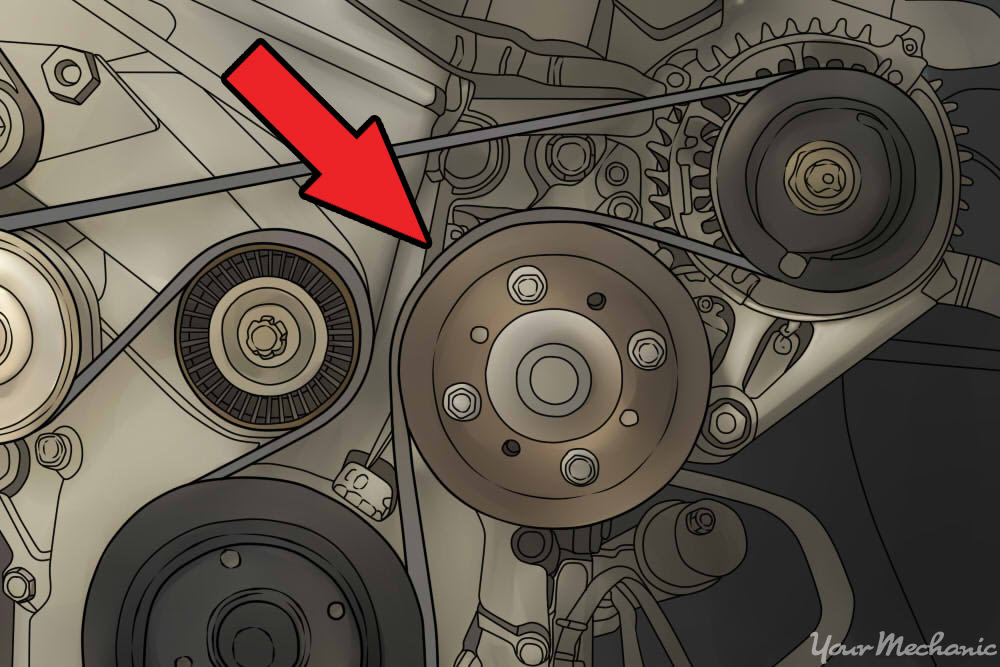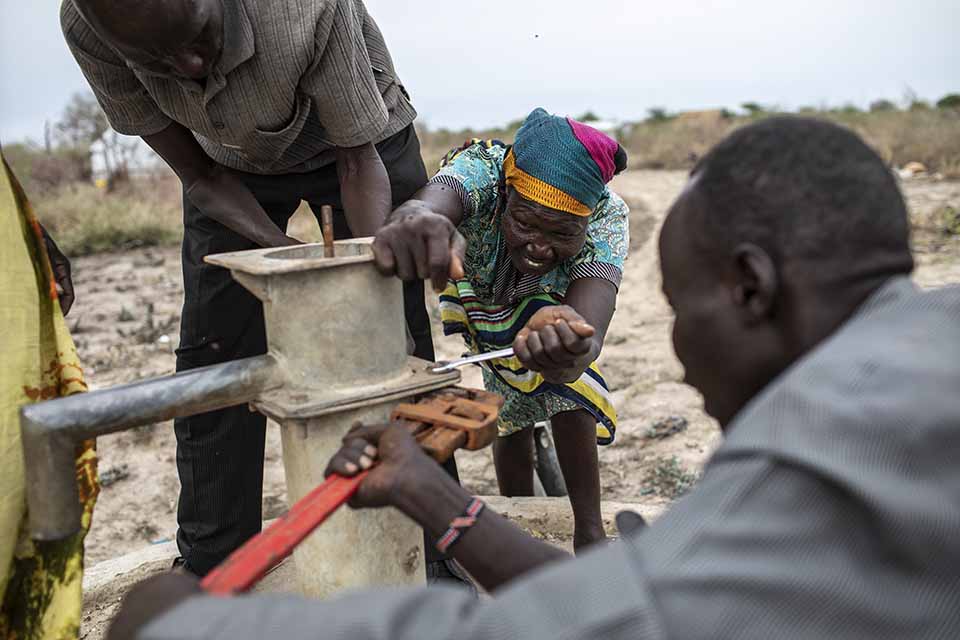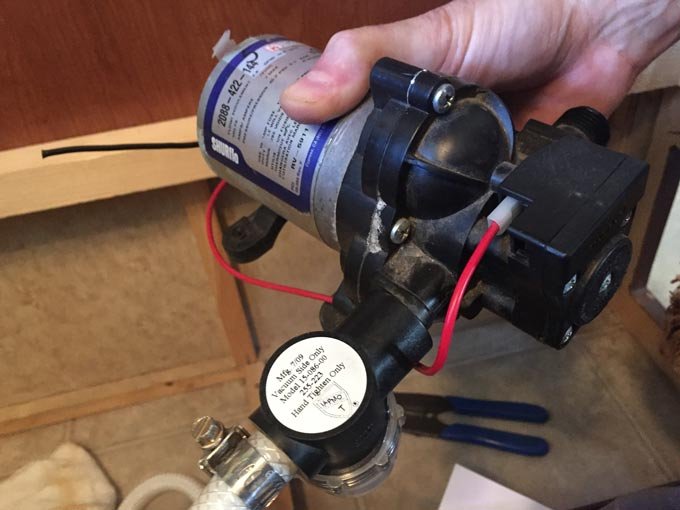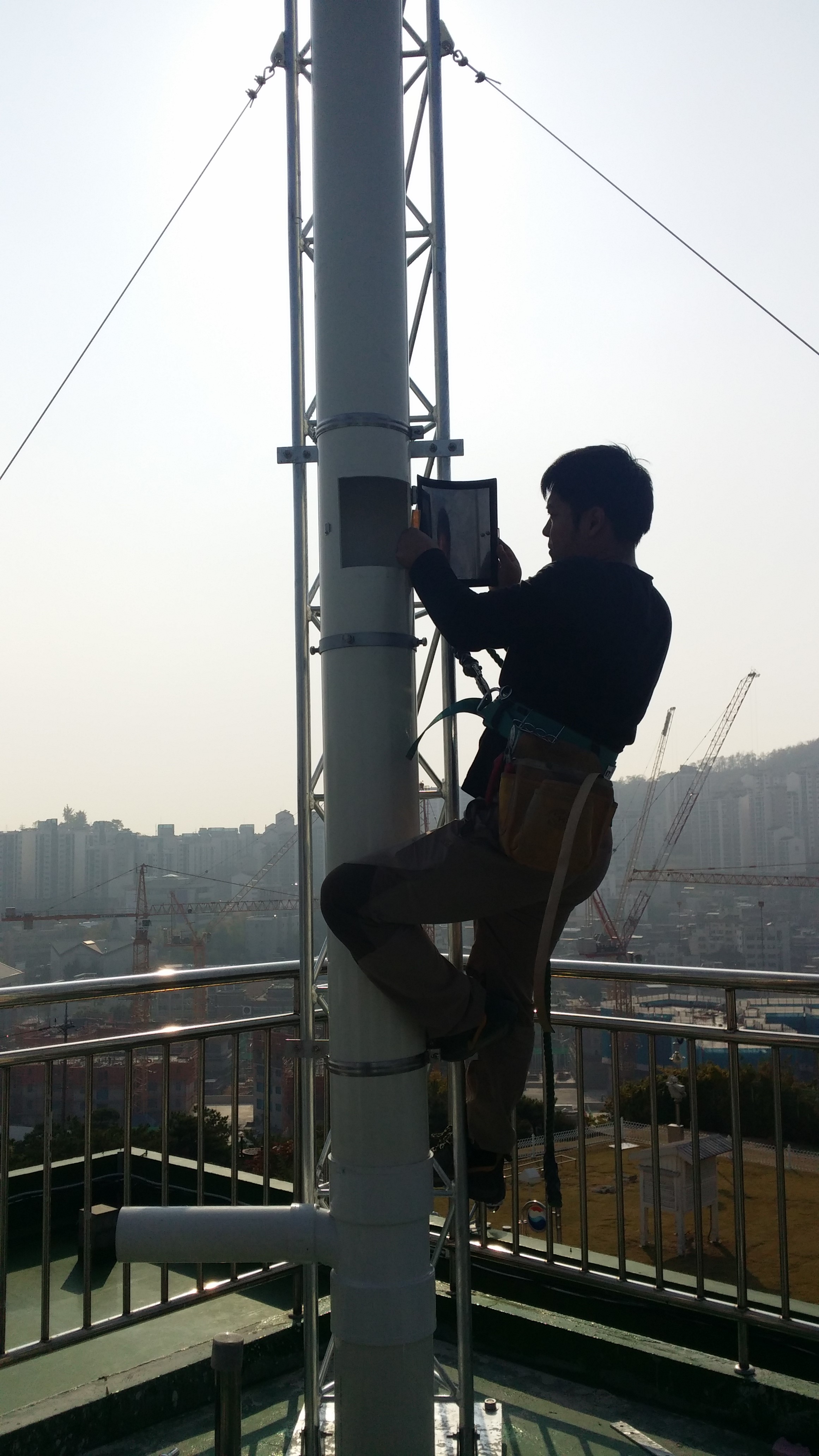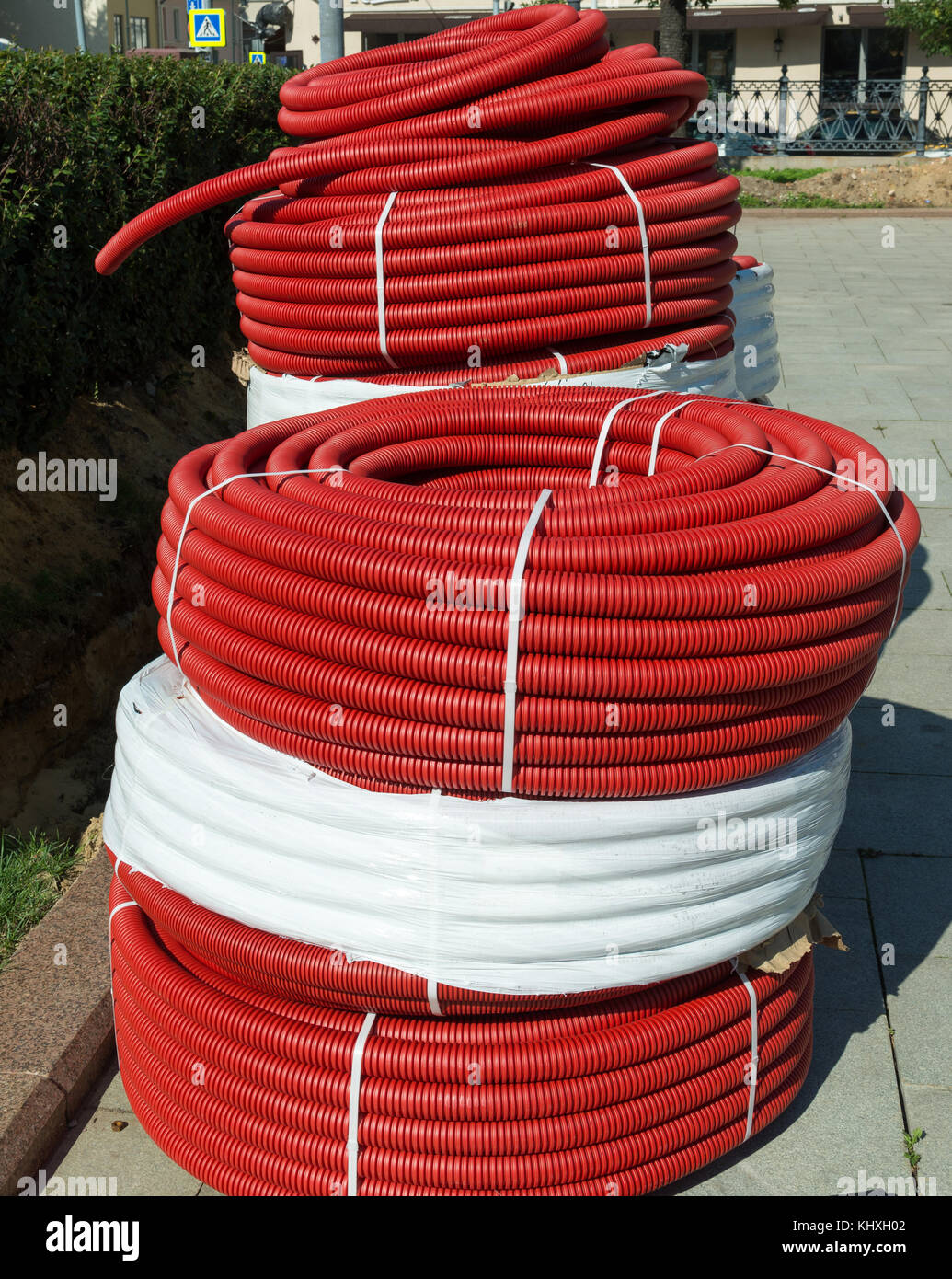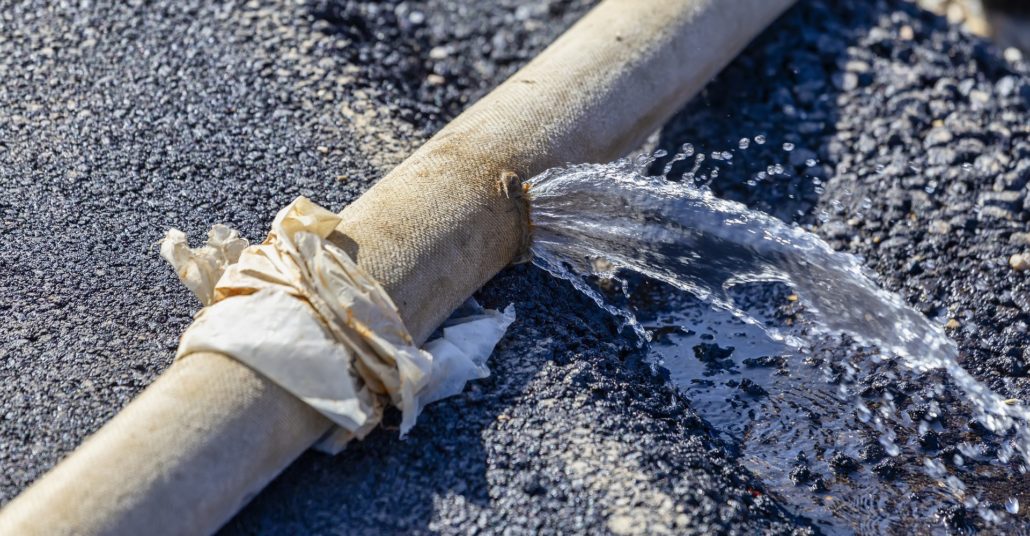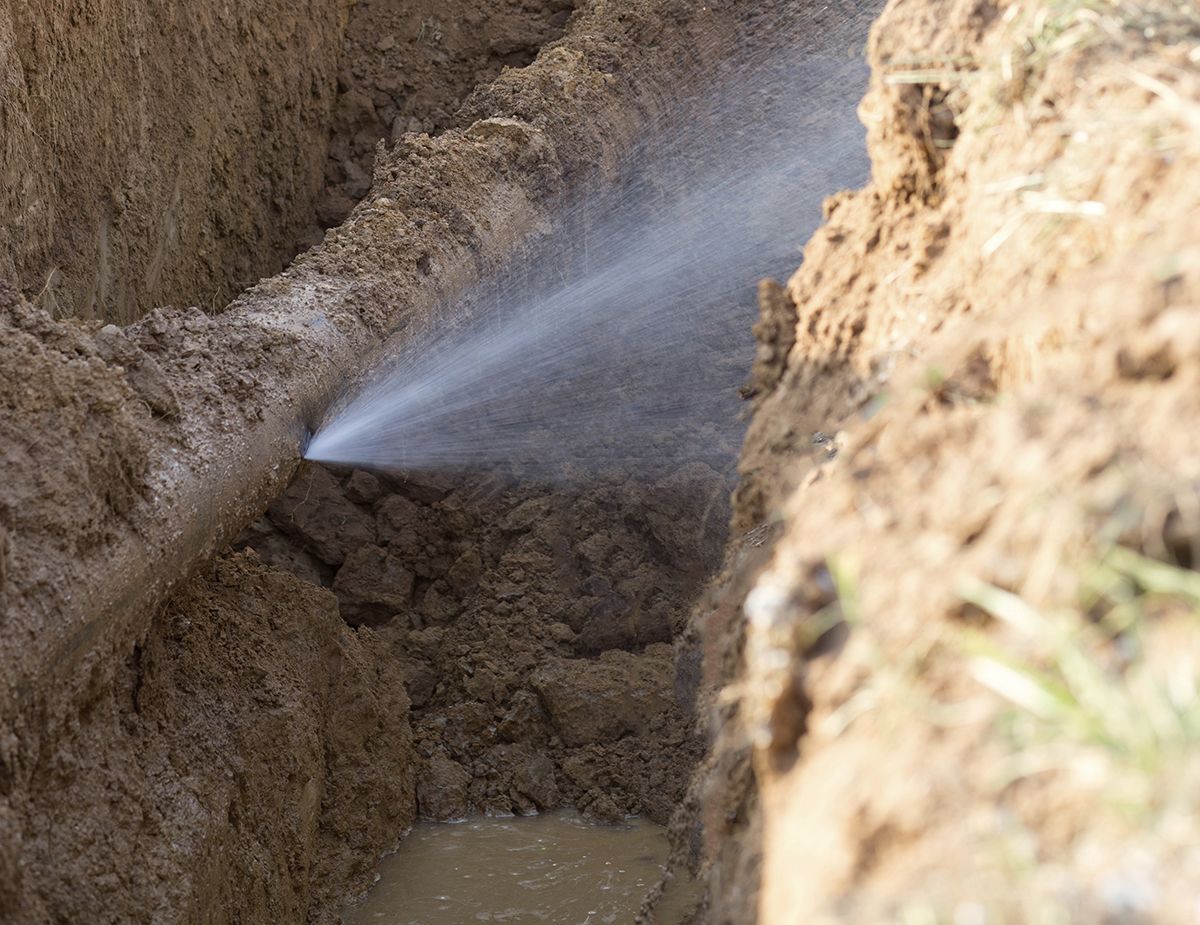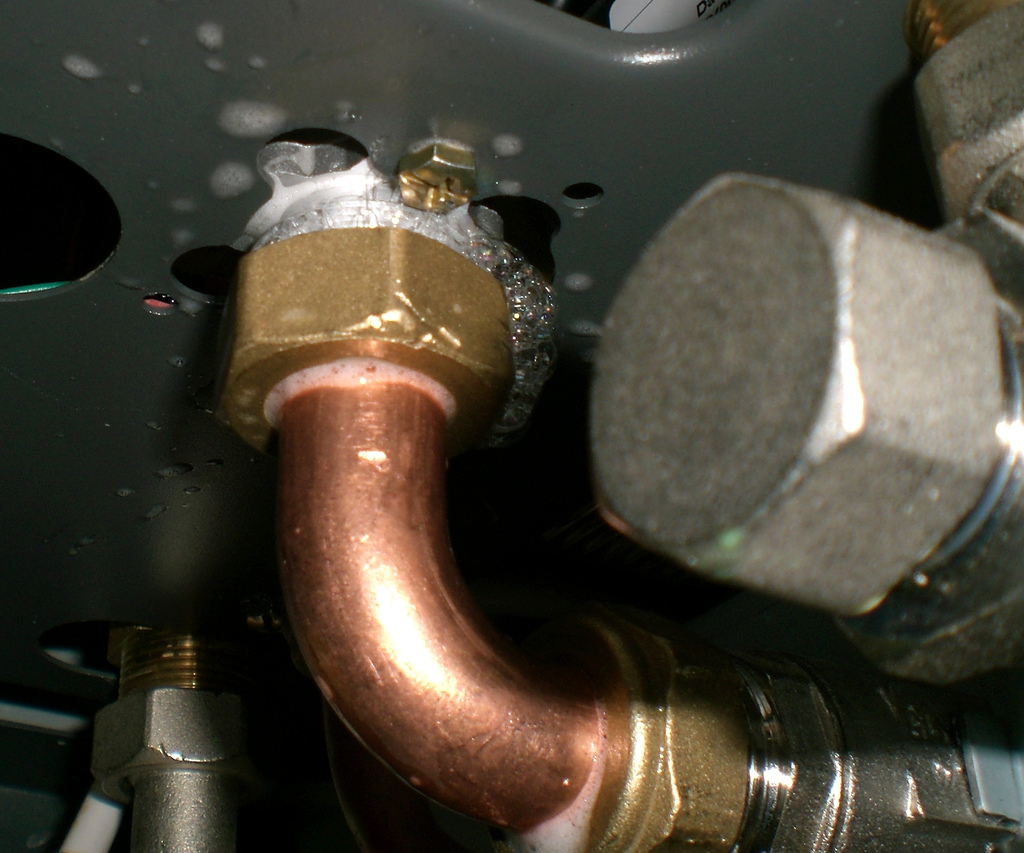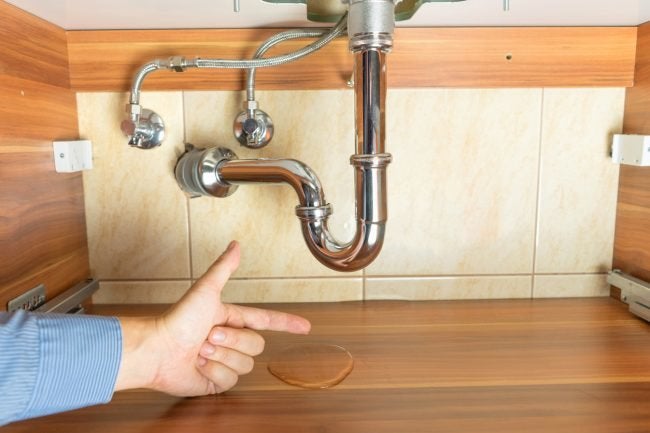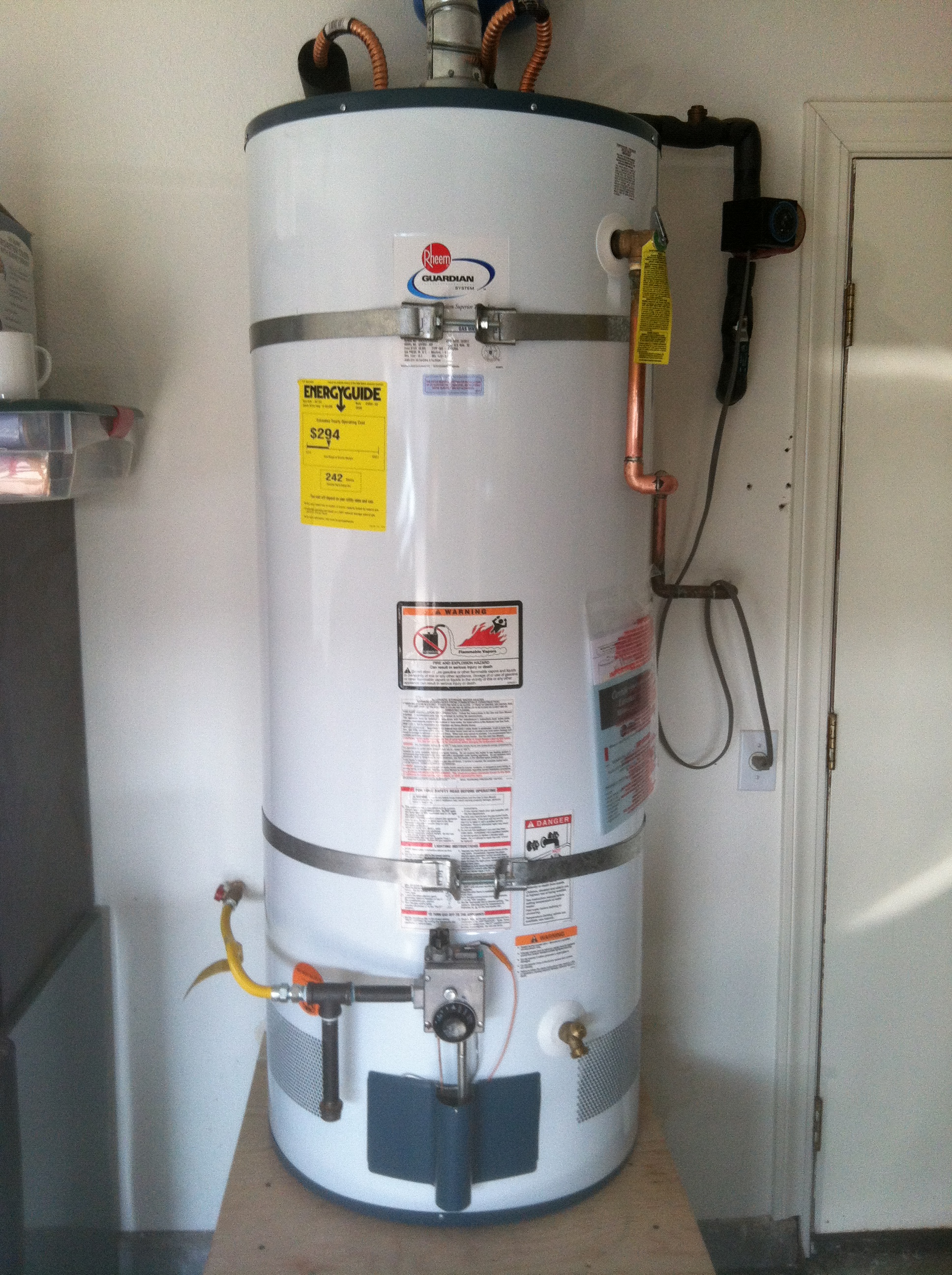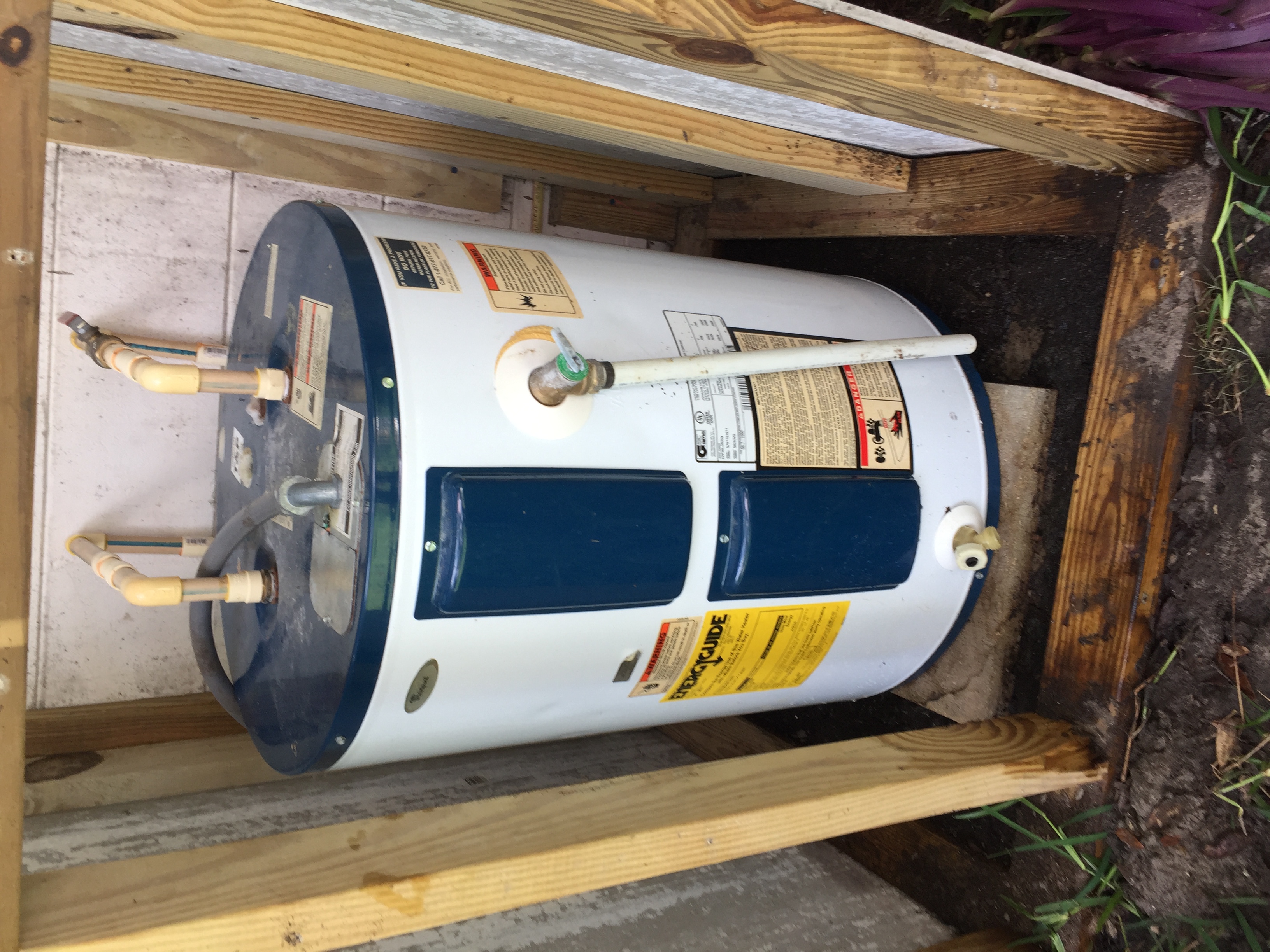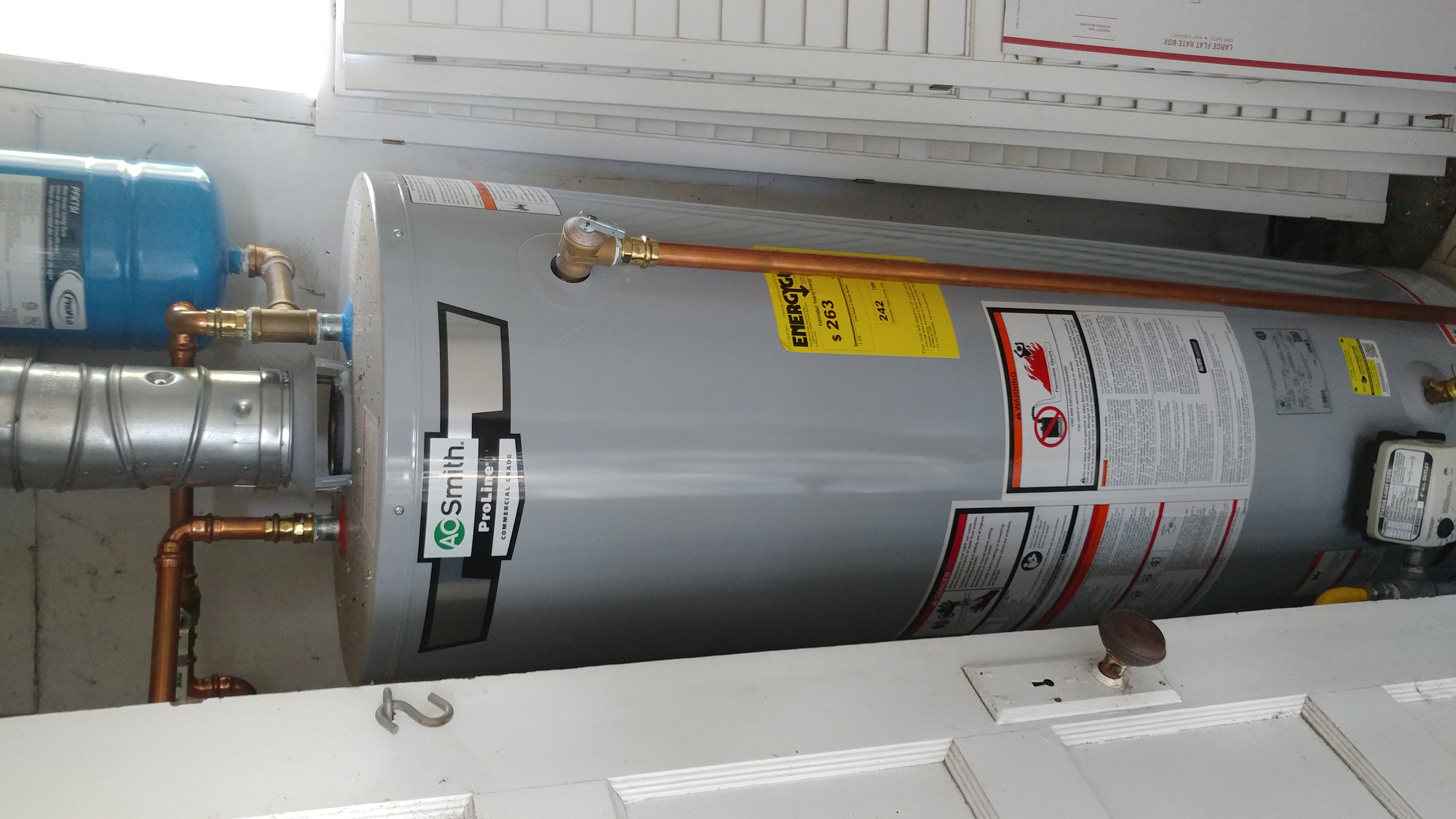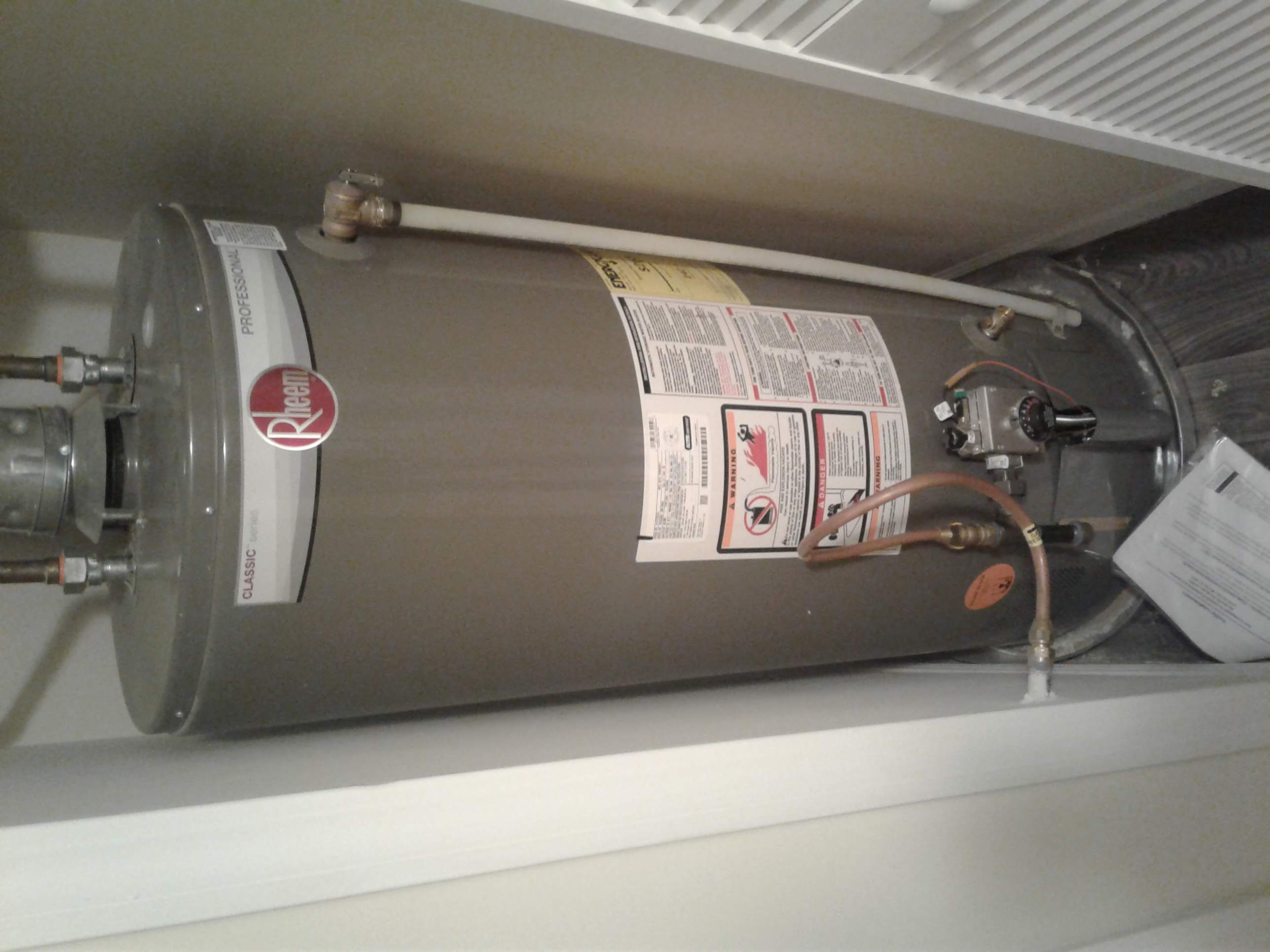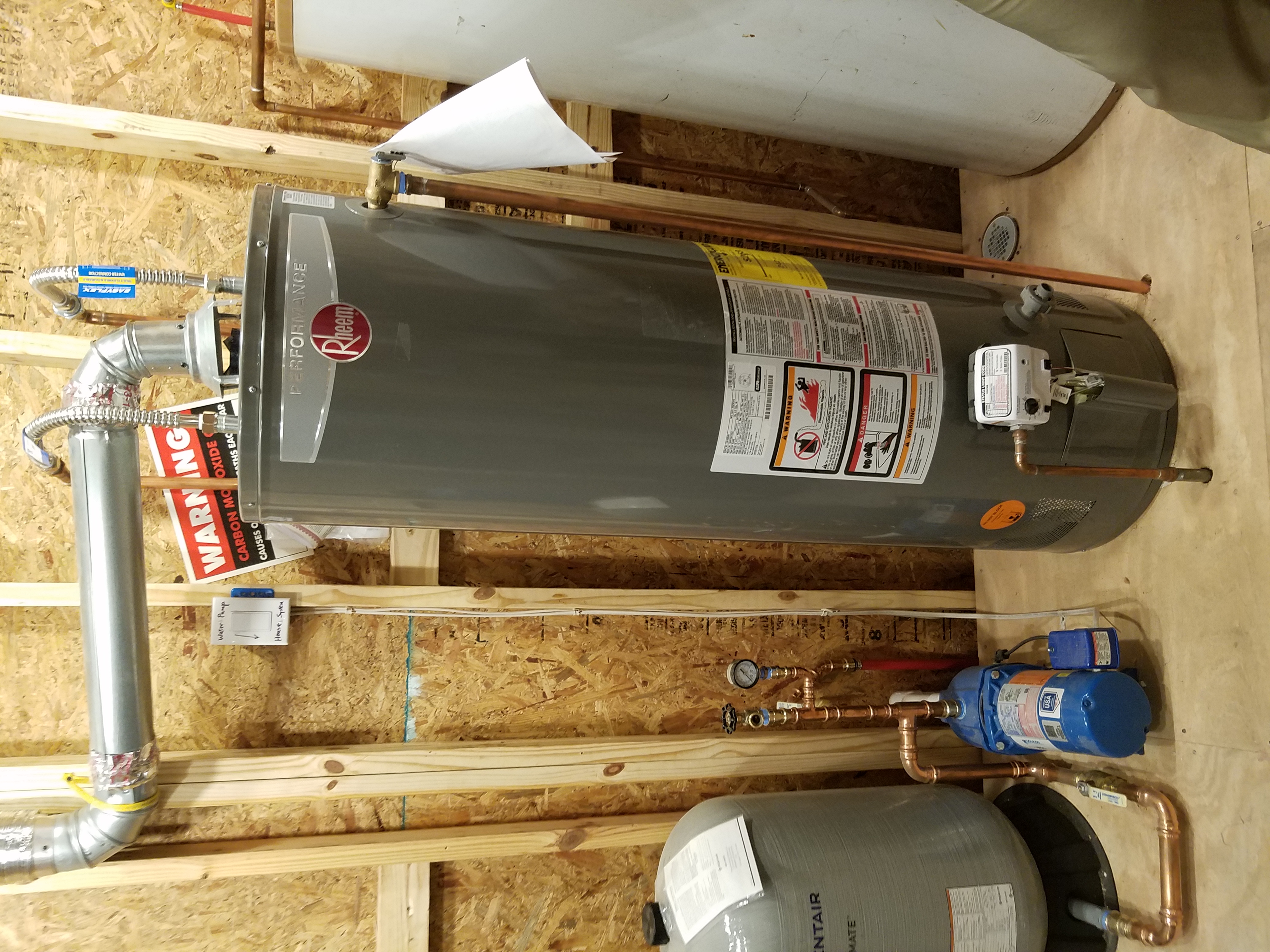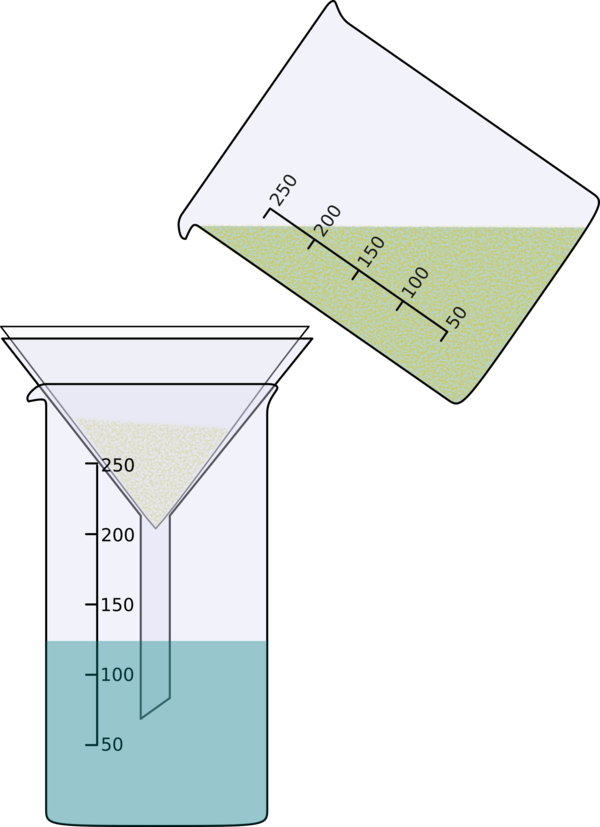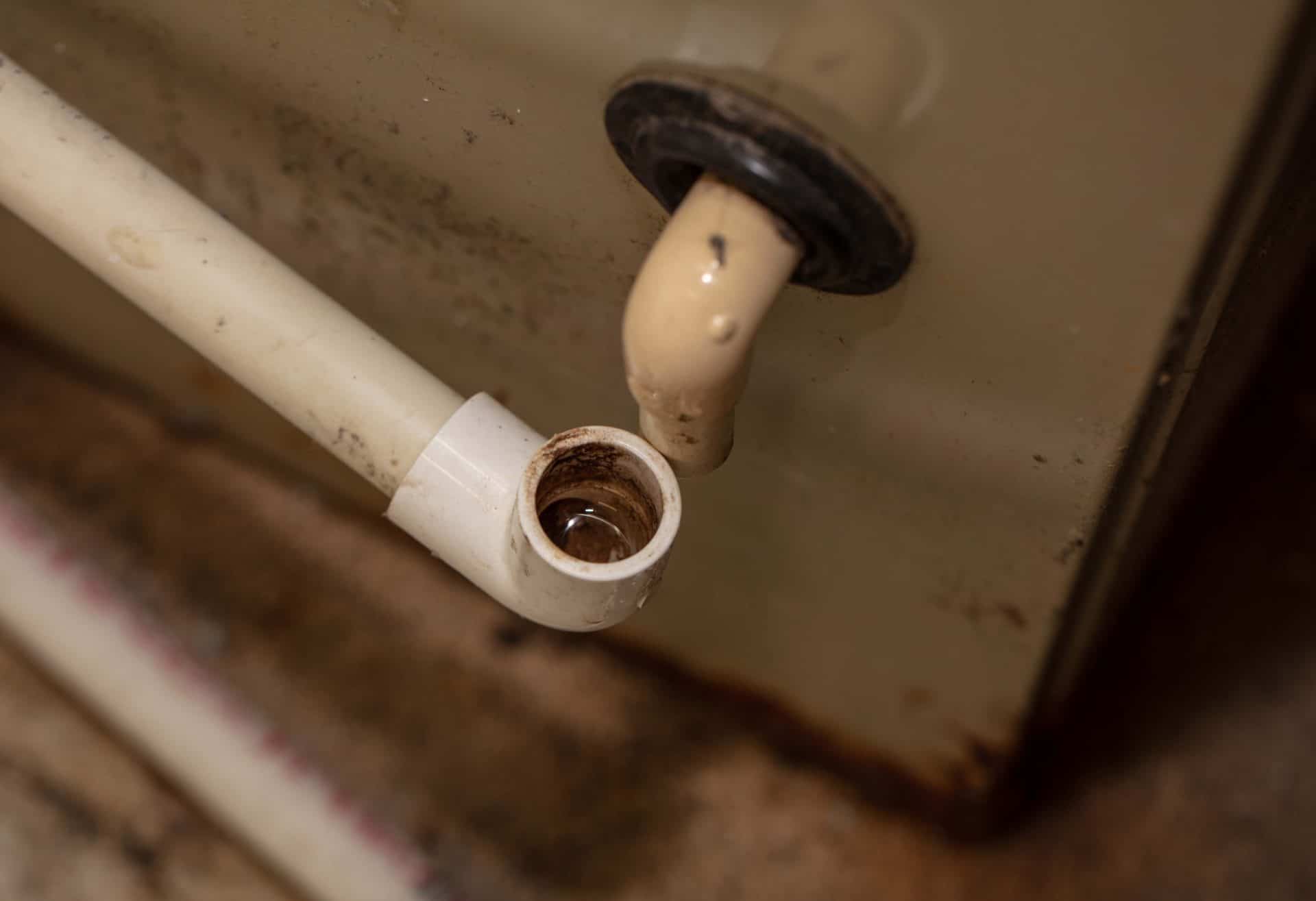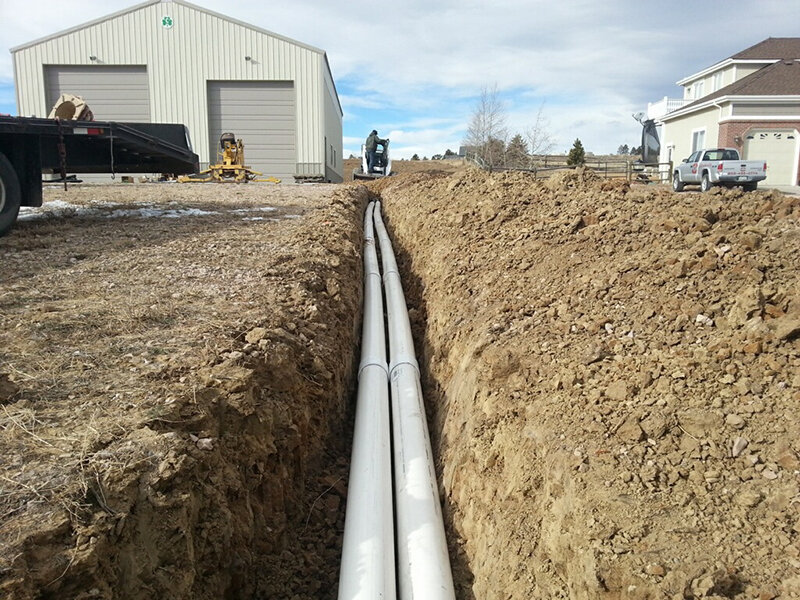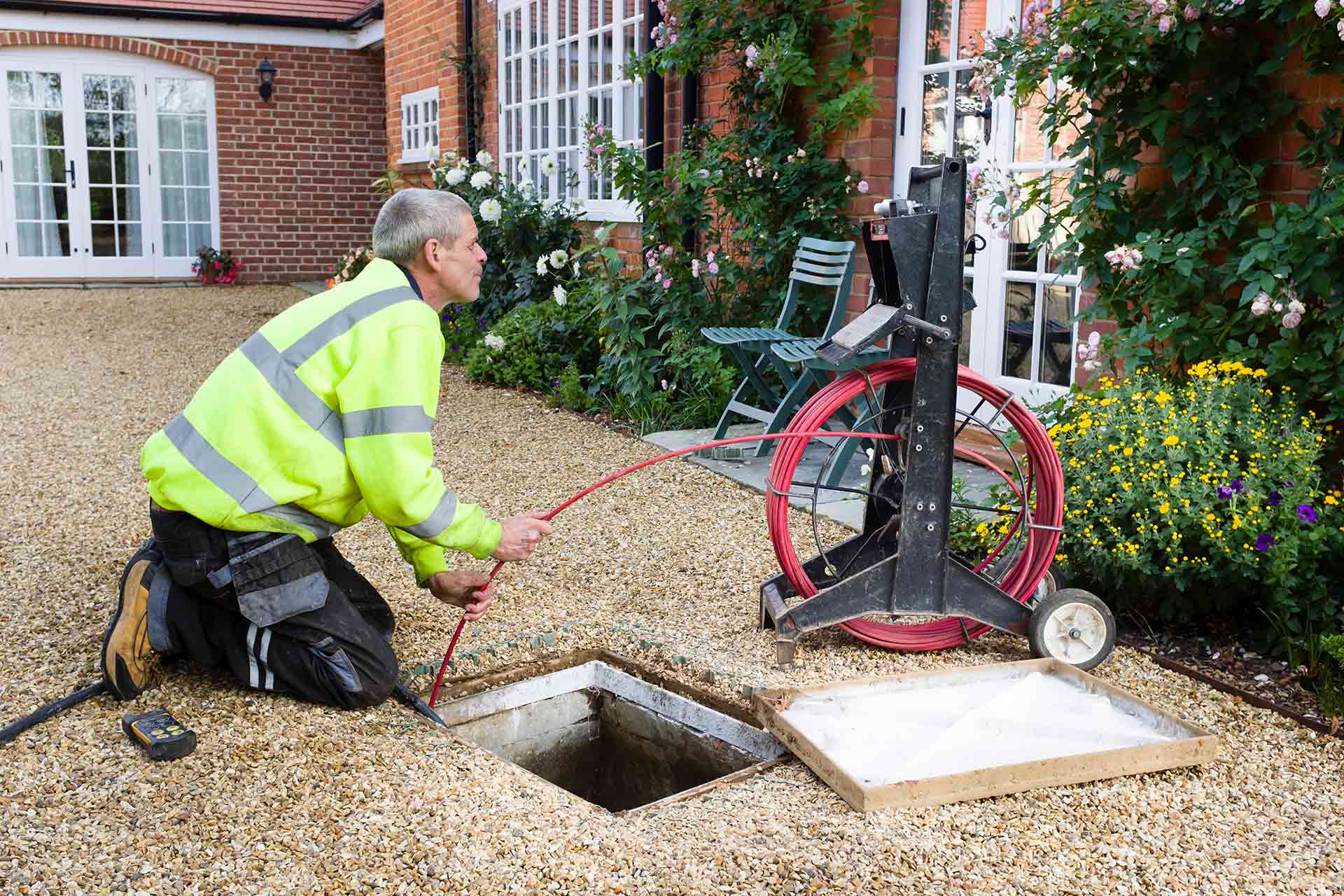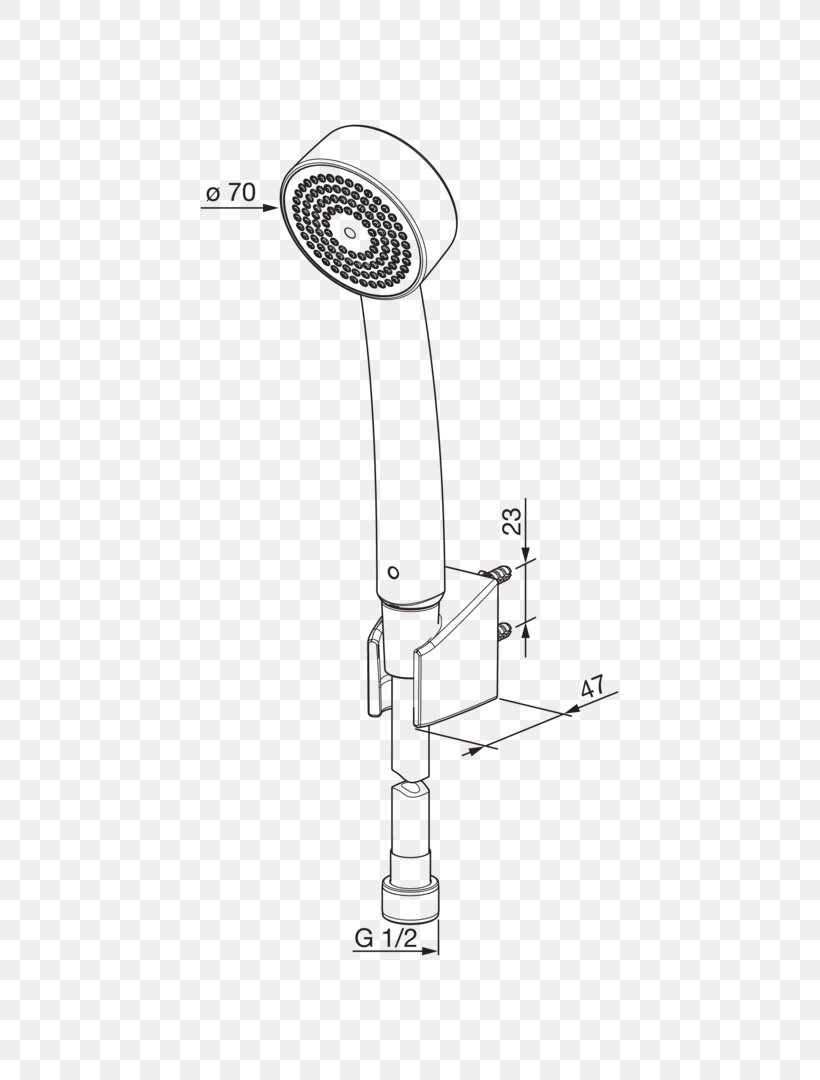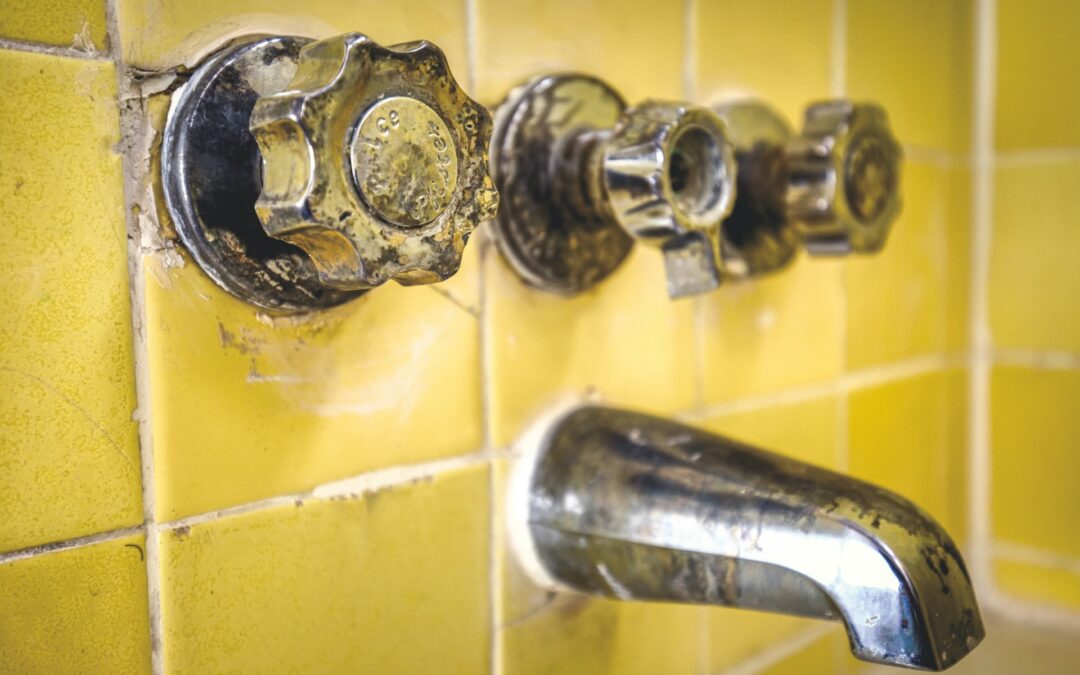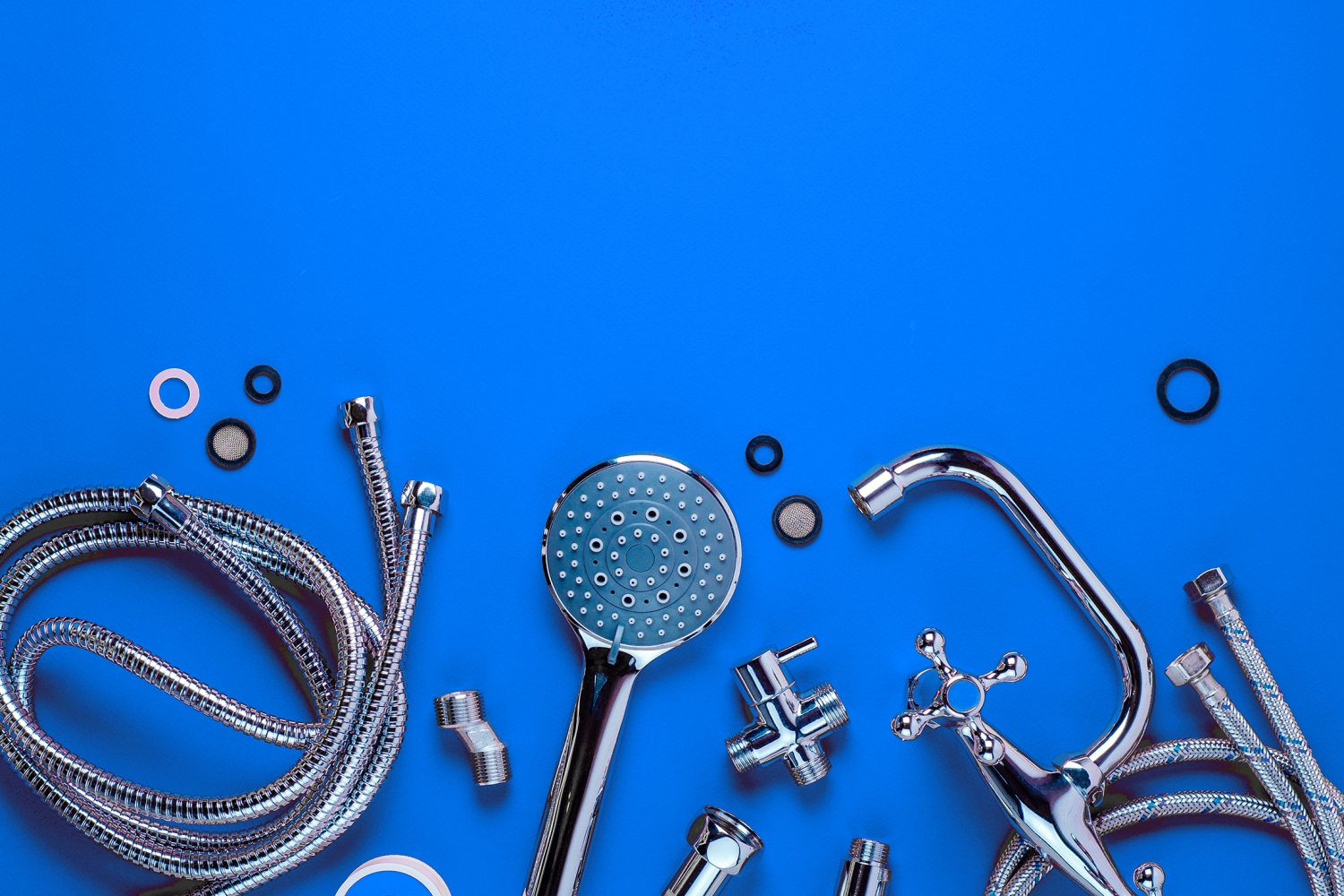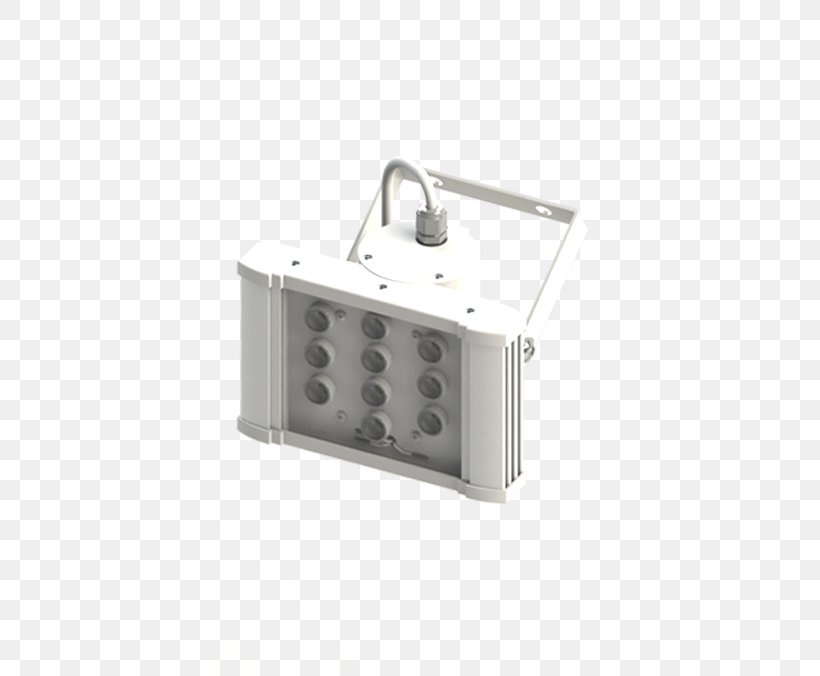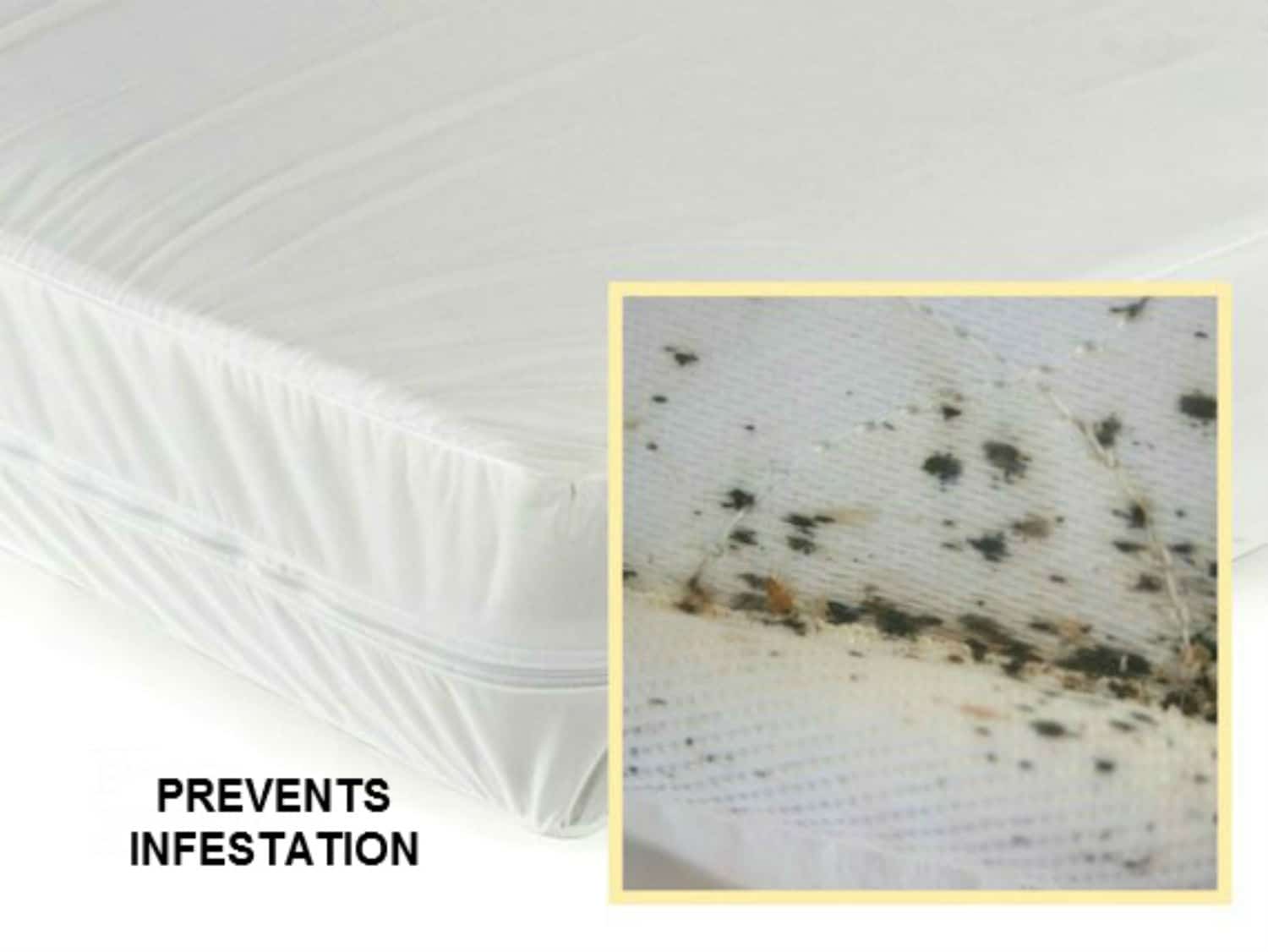If your kitchen sink suddenly has no water pressure, the first thing you should do is check the water supply valve. This is the valve that controls the flow of water into your home and it could be the reason why your kitchen sink is not getting enough water pressure. Make sure the valve is fully open and not partially closed, as this can restrict water flow. If the valve is already open, try closing it and then opening it again to see if it makes a difference.1. Check the water supply valve
The faucet aerator is the small screen at the end of your faucet that helps regulate the water flow and can also filter out any debris. Over time, this screen can become clogged with mineral deposits or debris, which can greatly reduce water pressure. Remove the aerator and clean it thoroughly with a toothbrush and vinegar. If it is damaged beyond repair, you can easily replace it with a new one from your local hardware store.2. Inspect the faucet aerator
If the water pressure issue is only affecting your kitchen sink, there could be a clog in the pipes leading to it. This can happen due to a buildup of debris, grease, or even tree roots. You can try using a plunger or a plumbing snake to clear the clog, but if that doesn't work, it's best to call a professional plumber for help.3. Check for clogged pipes
Most homes have a water pressure regulator that helps maintain a consistent water pressure throughout the house. If this regulator is not functioning properly, it can cause low water pressure in your kitchen sink. You can check the regulator's setting and adjust it if necessary, or call a plumber to replace it if it is damaged.4. Inspect the water pressure regulator
The pressure reducing valve is responsible for controlling the water pressure in your home. If this valve is faulty, it can lead to low water pressure in your kitchen sink. You can try adjusting the valve or replacing it if necessary. It's best to consult a plumber for assistance with this task.5. Check for a faulty pressure reducing valve
If your home has a well, the water pump could be the reason for low water pressure in your kitchen sink. Check the pressure gauge on the pump to see if it is set at the correct pressure, and adjust it if necessary. If the pump is old or damaged, it may need to be replaced.6. Inspect the water pump
A leak in the pipes leading to your kitchen sink can also cause low water pressure. You can check for any visible leaks or call a plumber to use specialized equipment to detect any hidden leaks. Once the leak is fixed, your water pressure should return to normal.7. Check for a leak in the pipes
If your kitchen sink is connected to a hot water supply, the water heater could be the cause of low water pressure. Check the temperature settings on the water heater and make sure it is functioning properly. If it is an older unit, it may need to be replaced.8. Inspect the water heater
If you have ruled out all other possible causes, there could be a blockage in the main water line leading to your home. This could be caused by a buildup of debris or sediment, and will require the assistance of a professional plumber to clear it out.9. Check for a blockage in the main water line
Lastly, check all the plumbing fixtures in your kitchen for any issues that could be affecting water pressure. This could include a faulty shut-off valve or a clogged faucet. Addressing these issues can help improve water pressure in your kitchen sink. In conclusion, experiencing no water pressure in your kitchen sink can be a frustrating problem, but it can usually be resolved with some simple troubleshooting. If you are unable to identify the cause or fix the issue yourself, don't hesitate to call a professional plumber for assistance. With the right steps, you can have your kitchen sink back to its full water pressure in no time.10. Inspect the plumbing fixtures for any issues
Finding the Source of Low Water Pressure in Your Kitchen Sink

As a homeowner, there are few things more frustrating than turning on your kitchen sink and finding that the water pressure is almost non-existent. Not only does it make simple tasks like washing dishes and filling up pots take longer, but it can also be a sign of a larger issue with your home's plumbing system. If you're experiencing low water pressure in your kitchen sink, don't panic. There are a few common causes for this issue that can be easily fixed.
Check Your Faucet Aerator

One of the most common reasons for low water pressure in a kitchen sink is a clogged faucet aerator . This small, mesh screen is located at the end of your faucet and helps to regulate the flow of water. Over time, sediment and debris can build up in the aerator, causing it to become clogged and restrict the water flow. To check if this is the issue, simply unscrew the aerator from the end of your faucet and clean it out. You can also replace it with a new one if it is too damaged to be cleaned.
Inspect Your Pipes

Another common cause of low water pressure in a kitchen sink is pipe buildup or blockages . Over time, mineral deposits, rust, and other debris can build up inside your pipes, restricting the flow of water. This can also happen if there is a clog further down in your plumbing system. If you suspect this may be the issue, it's best to call a professional plumber to properly assess and clean your pipes.
Check Your Water Supply Line

If you've ruled out the faucet aerator and pipes as the source of your low water pressure, the issue may be with your water supply line. The supply line is the pipe that brings water into your home and connects to the main water line. If it becomes damaged or clogged, it can significantly reduce the water pressure in your kitchen sink. This is another problem that should be addressed by a professional plumber.
In conclusion, if you're experiencing low water pressure in your kitchen sink, the first step is to identify the source of the issue. It could be a simple fix like cleaning out your faucet aerator, or it could be a more serious problem with your plumbing system. By checking these common causes and seeking professional help if needed, you can restore your kitchen sink's water pressure and make your daily tasks much easier.
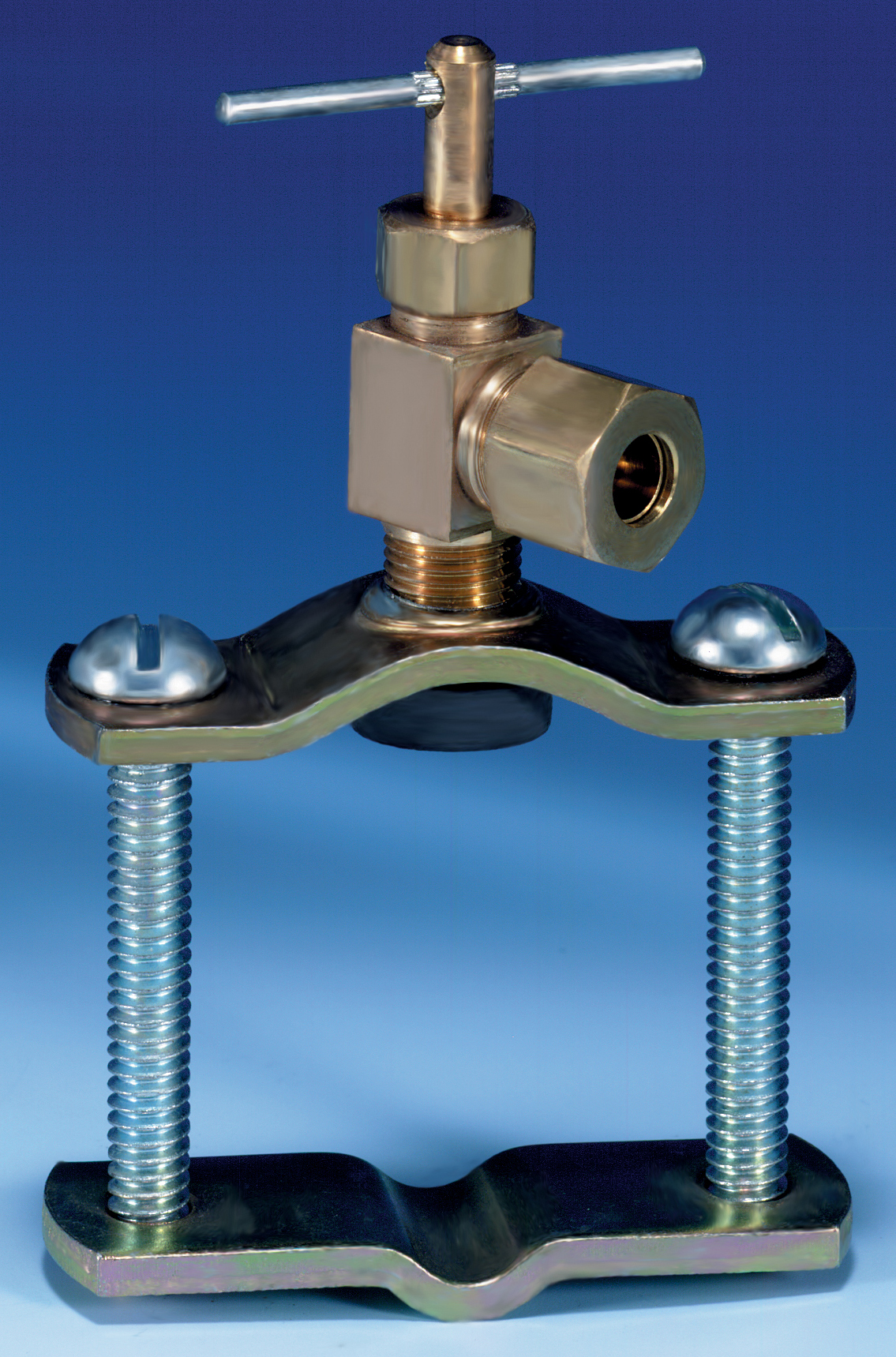






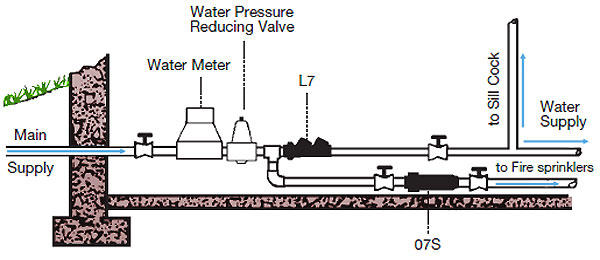
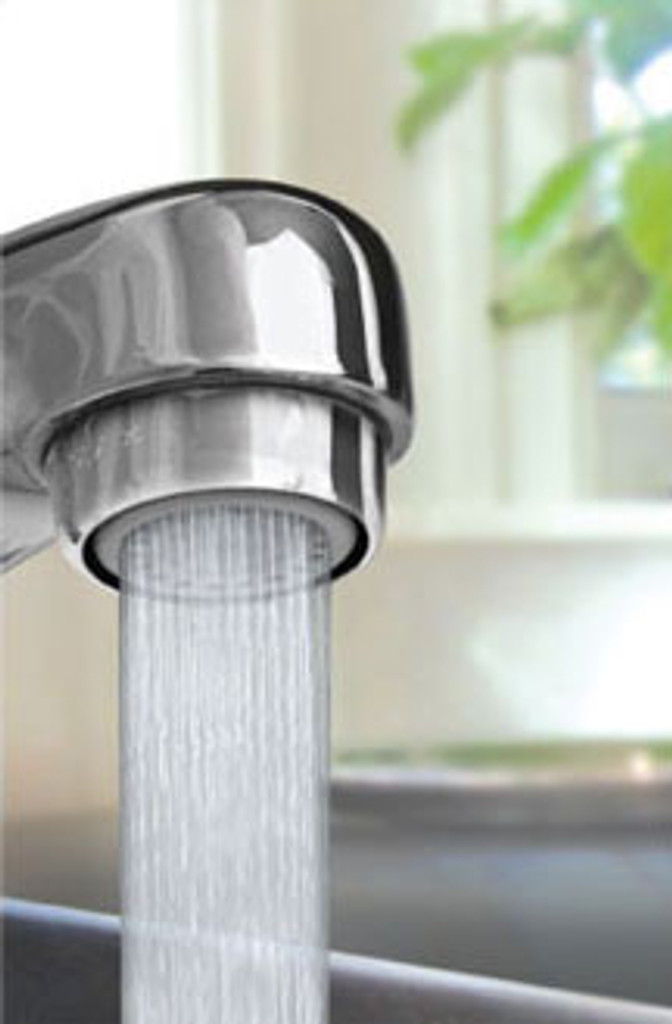

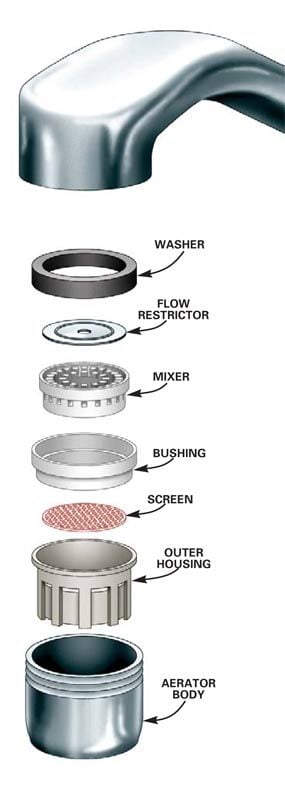

/fixing-a-tap-459986221-5afc675431283400371f7872.jpg)

